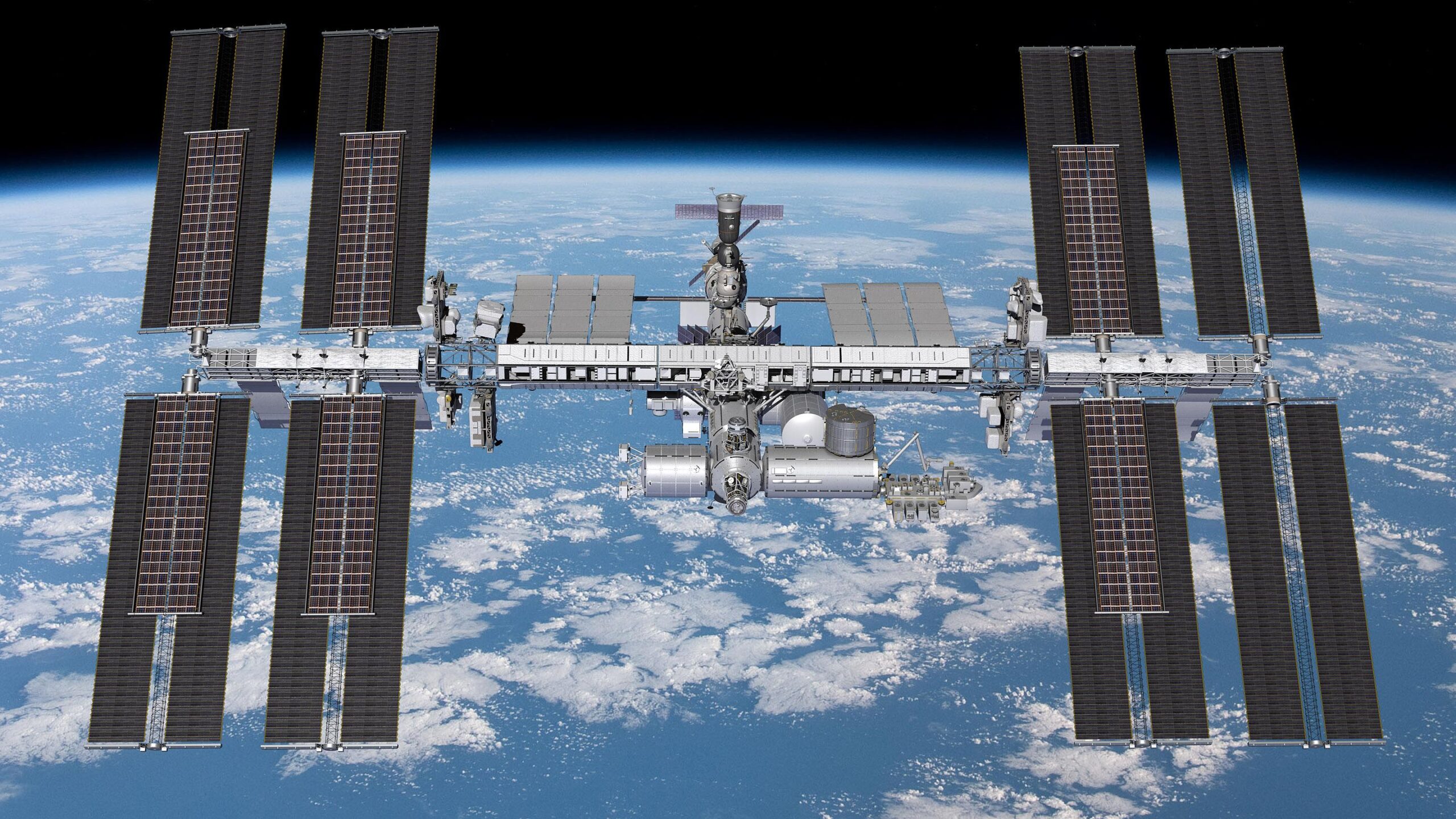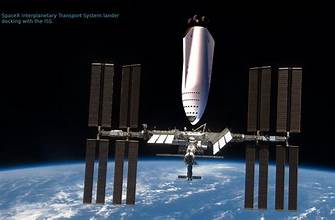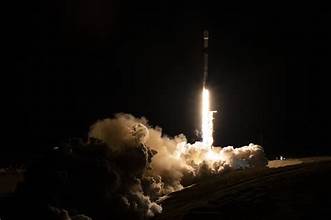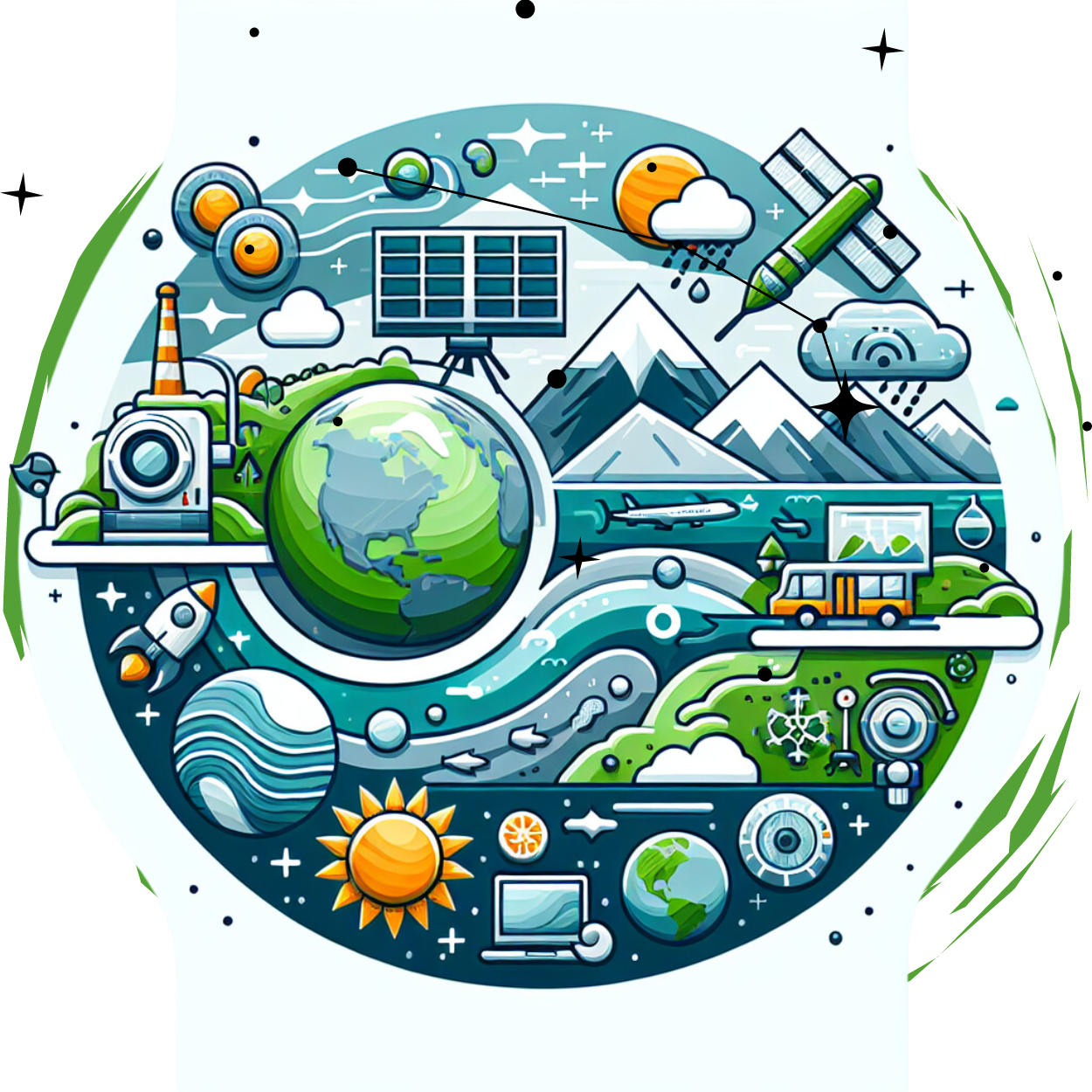
The International Space Station (ISS) has long been a symbol of international collaboration and scientific advancement. As we look to the future, the ISS continues to be at the forefront of space exploration, with exciting new missions and groundbreaking innovations on the horizon. This article explores what lies ahead for the ISS, focusing on upcoming missions and the technological advancements that promise to shape its future.
1. The ISS: A Brief Overview
Launched in 1998, the ISS is a joint project involving space agencies from the United States (NASA), Russia (Roscosmos), Europe (ESA), Japan (JAXA), and Canada (CSA). It serves as a microgravity laboratory, providing a unique environment for scientific research that would be impossible on Earth. The ISS has been continuously inhabited since November 2000, making it one of humanity’s most enduring space endeavors.
2. Upcoming Missions: Expanding Horizons
2.1. Artemis Program and Lunar Gateway
NASA’s Artemis program aims to return humans to the Moon and establish a sustainable presence by the mid-2020s. A key component of this effort is the Lunar Gateway, a space station that will orbit the Moon and serve as a staging point for lunar exploration. The ISS will play a critical role in preparing for Artemis missions by providing valuable data and testing technologies that will be used on the Moon.
2.2. Commercial Crew Program
NASA’s Commercial Crew Program, which has successfully launched astronauts using SpaceX’s Crew Dragon and Boeing’s CST-100 Starliner, will continue to enhance the ISS’s operational capabilities. These missions not only increase crew rotation but also demonstrate the viability of private sector involvement in human spaceflight, paving the way for more commercial activities in low Earth orbit.
2.3. International Collaborations
Future ISS missions will continue to leverage international partnerships. For example, the European Space Agency (ESA) plans to contribute advanced scientific instruments and research facilities, while the Japan Aerospace Exploration Agency (JAXA) will focus on developing new technologies and conducting experiments related to materials science and biology.
3. Innovations on the Horizon
3.1. Advanced Research Capabilities
One of the key innovations for the ISS is the enhancement of its research capabilities. Upcoming upgrades include the installation of new scientific instruments and experimental facilities. These enhancements will enable more advanced research in fields such as medicine, material science, and fundamental physics. The ISS will also continue to serve as a platform for testing technologies that could be used on future space missions, including Mars exploration.
3.2. In-Space Manufacturing
The ISS is becoming a hub for in-space manufacturing, thanks to advancements in 3D printing and other production technologies. NASA’s use of 3D printers to create tools and parts in space has already demonstrated the potential for reducing reliance on Earth-based supplies. Future innovations will expand these capabilities, allowing for the creation of more complex structures and potentially even large-scale components for future space missions.
3.3. Sustainability and Long-Term Habitation
As the ISS nears its third decade in orbit, ensuring its sustainability is a top priority. Upcoming upgrades will focus on improving the station’s life support systems, energy efficiency, and overall structural integrity. These improvements will ensure that the ISS can continue to operate effectively and safely for years to come, supporting ongoing scientific research and international collaboration.
4. The Future of ISS: Beyond 2030
While the ISS has already achieved remarkable milestones, its future beyond 2030 is also a topic of significant interest. Discussions are underway regarding the station’s potential successor or the establishment of new space habitats. This may include the development of private space stations or international collaborations to build new platforms that can support an expanded range of scientific and commercial activities.
5. Conclusion
The future of the International Space Station is bright, with numerous upcoming missions and innovations set to advance our understanding of space and improve our capabilities in orbit. From enhancing research facilities and expanding commercial opportunities to preparing for future lunar and Martian exploration, the ISS remains a cornerstone of space exploration and international cooperation. As we look ahead, the ISS will continue to inspire and pave the way for the next generation of space missions and discoveries.

